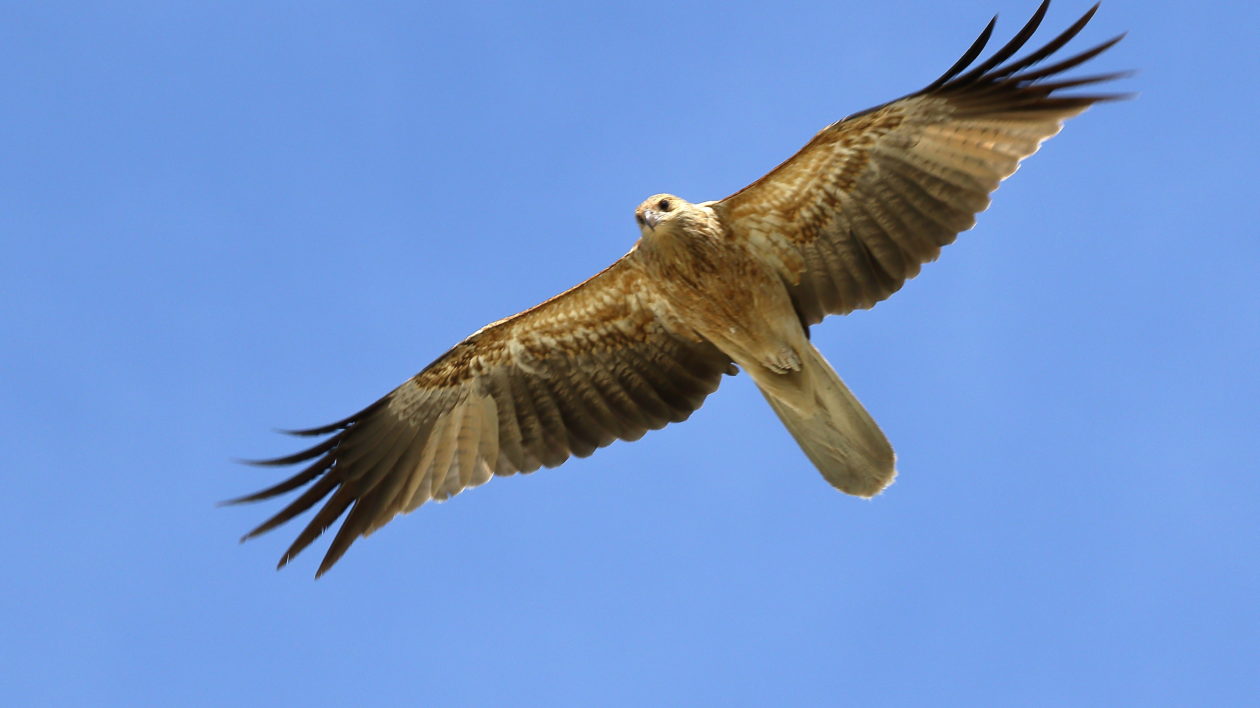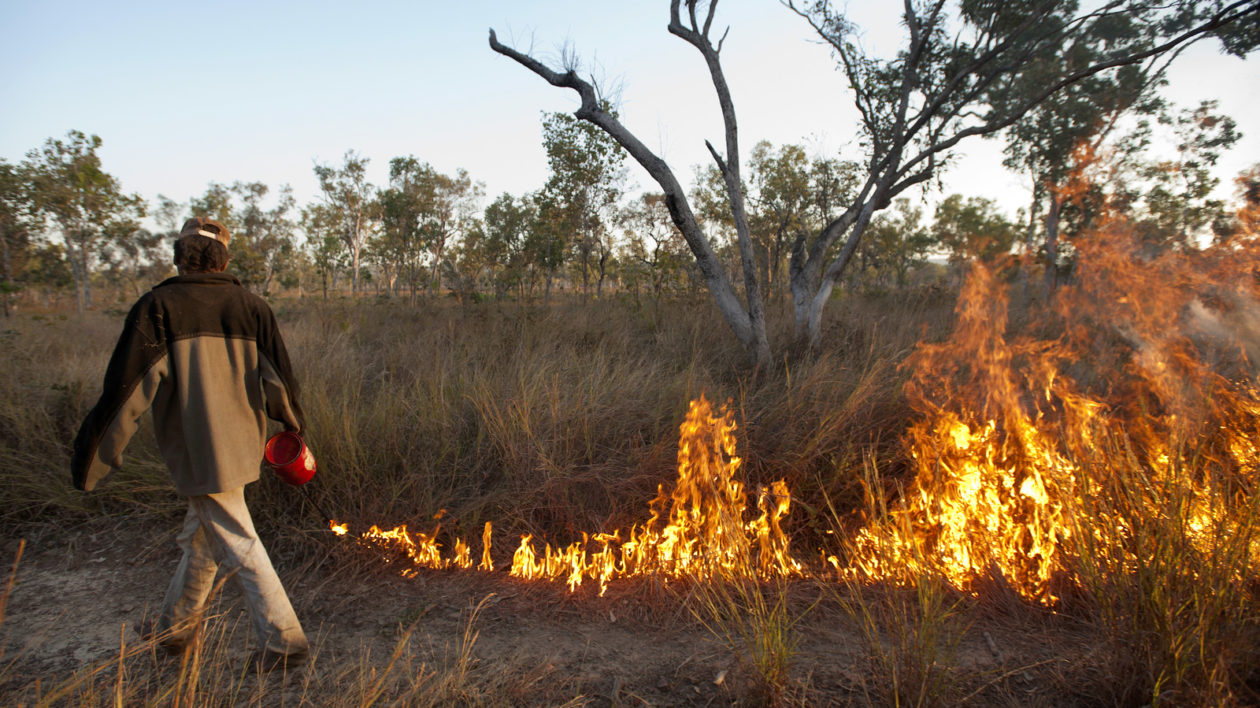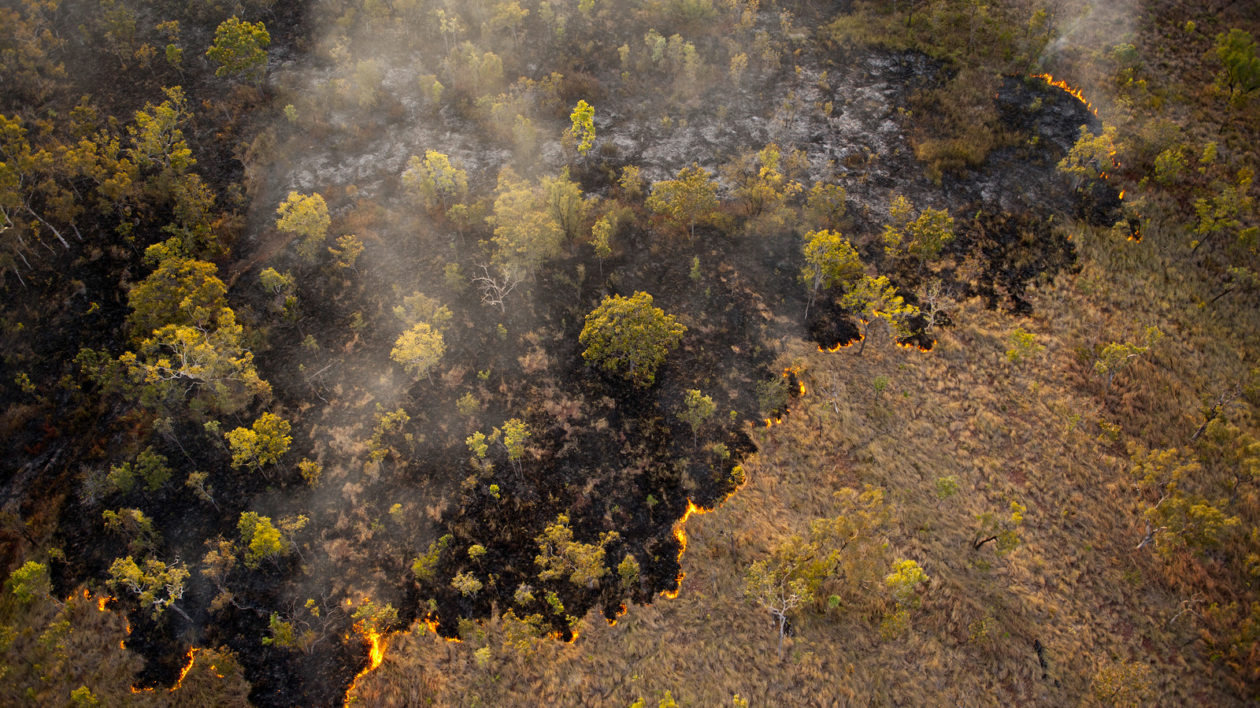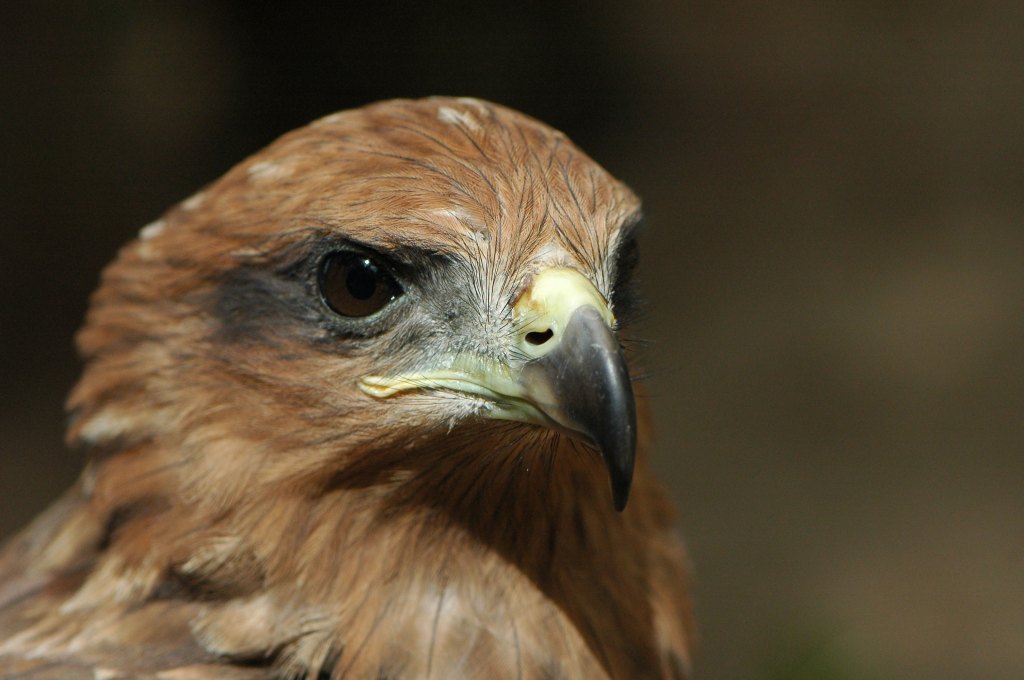Using fire is one of the defining features of modern humans, listed right alongside toolmaking and art in the anthropology textbooks. But it looks like humans aren’t the only species that deliberately manipulates fire to its benefit.
At least three Australian raptor species intentionally spread wildfires by carrying smoldering branches to unburnt areas, according to a new paper that confirms long-held traditional Aboriginal knowledge.
Firehawks: Myth And Reality
Australia isn’t all beaches and desert; tropical savannas stretch across much of the remote north, covering about 20 percent of Australia’s land area. Over at least the last 65,000 years since humans first arrived in Australia, this ecosystem has adapted to occasional burning. Aboriginal peoples who have lived there over this time hunt native wildlife and keep the country healthy, using fire. These smaller fires consumed excess fuel and helped prevent catastrophic lightning-set blazes, a philosophy which still underpins the land management practiced today by ranchers and other landowners.
Humans aren’t the only ones that hunt at the fire front. Raptor species are well-known for hunting near active fires, snatching up large insects, small mammals, and reptiles as they flee the flames. The association between birds and fire is common in many Aboriginal mythologies, some of which tell of “firehawk” birds stealing branches from cooking fires or wildfires and spreading the flames to new areas to flush out prey.
As it turns out, these stories mirror reality.
One of the study’s authors, Robert Gosford, came across an account by an Aboriginal man, Waipuldanya, where he witnesses this very behavior. Intrigued, but finding few other references, Gosford put out a call to birding and ethnography networks for similar stories.
Over several years, he and his collaborators reviewed anthropological and ornithological research for reports of interactions between birds, fire, and people in tropical savannas around the world. They also tracked down reported sightings and interviewed people across the northern savannas, including cattle station managers, firefighters, and field scientists.
(They also gathered a substantial number accounts from Aboriginal peoples, however, the team is waiting to publish those accounts until they can do so in a way that respects ownership and the protection of traditional knowledge.)

Their results, published recently in the Journal of Ethnobiology, document that at least three raptor species purposefully spread fire to flush out additional prey by carrying burning branches to unburnt areas.
Eyewitnesses reported three species transporting sticks in either their talons or beaks: the Black Kite (Milvus migrans), the Whistling Kite (Haliastur sphenurus), and the Brown Falcon (Falco berigora). Not coincidentally, these are also the most common raptor species in Australia’s tropical savannas.
Their interviews make it clear that while the behavior does happen, it’s not common. Most of the people interviewed have only seen the behavior once — or at most a handful of times — despite spending decades working in the bush and around fires.
Raptors hunt around active fires in places as diverse as West Africa, Papua New Guinea, Brazil, Florida and Texas, but Australia is the only location where the researchers found documentation of raptors actually spreading fire.
Mark Bonta, a geographer at Pennsylvania State University-Altoona and lead on the paper, acknowledges that these findings are not without controversy. The key question is whether the birds are intentionally lighting new fires to hunt, or whether they’re grabbing branches by accident as they attempt to snatch prey.
He and his team assert that this newly published ethnographic data clearly show the behavior is intentional. “Hopefully people are more willing to accept it now that they can see our fine-grain descriptions,” says Bonta.
While they did not uncover any existing photographic evidence of birds carrying sticks, Bonta emphasizes that the ethnographic accounts are more useful to unpacking the larger question of the birds’ intent than a simple photo or video clip. “There’s no point in chasing after the holy grail of the video,” he says, “we need the field research.”

Devising Methods for Firefront Science
Bonta and his colleagues plan to build on these ethnographic accounts by devising a methodology to study bird behavior right at the firefront. Funding dependent, they’ll light controlled burns and have a team of birders, armed with cameras, to document raptor behavior. “We need try to figure out how to study raptors at a firefront,” says Bonta. “What are the important variables?” The goal will be to devise a methodology to allow scientists to study firefront behavior at a larger scale.
“There’s more than just birds at the firefront,” says Bonta, “and it’s something that really needs to be studied and it’s enormously important for conservation.”
It’s also important for land managers trying to control bushfires. Uncommon as it is, birds spreading fire is downright irritating to anyone trying to control a blaze. (Or, as one firefighter put it, “a right pain in the backside.”) But it’s also dangerous and expensive.
One station manager recounted that the raptors spread the fire beyond his capacity to control. Others reported incidences when they controlled a fire and left the area, only to have the fire reemerge mysteriously several hours later, possibly the work of raptors.
Bonta hopes that his work will both further ethnographical and ornithological knowledge and aid fire management by making land managers more aware of a potential fire source.
Submit reports of birds carrying firesticks or any other fire-related bird behavior to the research team here: birdknowledge [at] gmail [dot] com.





Join the Discussion
34 comments